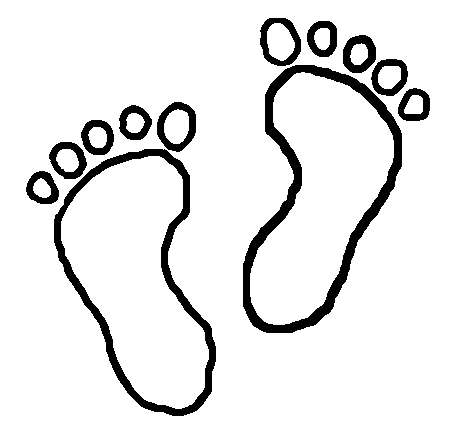The wellness you seek begins with your feet.
in the feet,

What is Reflexology?
Reflexology is a science based on the premise that there are zones and reflex areas in the feet which correspond to all glands, organs, parts and systems of the body. The physical act of applying pressure using thumb, finger and hand techniques to these reflex areas results in the reduction of stress which promotes physiological changes in the body. The gentle stimulation of the reflexes in both feet clear the body's energy flow so that the body's organs can function effectively and normally, a feeling of well-being through the restoration of vitality and balance.
What to expect
The one hour session begins with a soothing foot bath. Lying down comfortably clothed and warmly covered, with legs and feet slightly elevated, one is pampered, listening to relaxing music in a lightly scented, dimly lit room. Flowing, gentle pressure is applied to the feet. Finishing with warm stones, one leaves with a feeling of serenity and well-being.
Functions of Reflexology:
- stimulate circulation
- regulate body functions
- cleanse the body of toxins
- induce a state of relaxation
- increase well-being
- create order, harmony & balance of the body's energies
- reduce the body's reliance on prescription drugs
Reflexology can be effective for:
- stress-related conditions
- headaches/migraines
- sinus problems
- sleep problems
- muscular tension, sports injuries
- neck, shoulder, back pain
- sore legs and feet
- arthritis
- digestive disorders, constipation
- infertility
- menstrual irregularities
- hormonal imbalances, mood swings
*Reflexology does not claim to cure, diagnose or prescribe.
A Brief History
It seems in most ancient cultures there is a tradition of working on the feet to help the body balance itself. There is substantial evidence to suggest that Reflexology may have been used as long ago as 5,000 years, among many ancient cultures including Egypt, China, Russia and Japan. In these and other settings, manipulating the feet to restore balance to the body was a recognized healing technique. Some experts believe that Reflexology in a more familiar form dates back to the 4th Century B.C., when it originated alongside the ancient Oriental practices of Shiatsu and Acupuncture. North American Indian medicine men manipulated and stimulated the feet as a part of their healing practices, as well.
Modern Reflexology is based on the work of two American physicians, Dr. William Fitzgerald and Dr. Joe Shelby Riley of the 1920's and on that of physiotherapist Eunice D. Ingham who developed Fitzgerald and Riley's knowledge into a usable therapy, calling it Foot Reflexology and took it to the public in the late 1930's through the early 1970's.
Today recent research studies have been conducted around the world, including in the United States, which are validating the effectiveness of Reflexology on a wide variety of conditions. Chronic conditions seem to respond especially well to Reflexology. In China, where Reflexology is accepted by the central government as a means of preventing and curing diseases and preserving health, over 300 research studies have shown Reflexology provided some improvement to 95% of the over 18,000 cases covering 64 illnesses studied. In Japan and Denmark, Reflexology has been incorporated into the employee health programs of several large corporations saving each company thousands of dollars annually in paid out sick leave benefits.
